I’ve been on dozens of walking tours all across the globe. And this is one of the very best.
Athens can be intense for a first-time visitor. You’ve got over 5,000 years of history crammed into one bustling city. Iconic figures like Socrates. World-famous cuisine like spanakopita. And then modern Athens is a whole different game.
It can feel completely overwhelming to try to absorb everything that Athens represents in one trip.
You might find it hard to believe, but a special walking tour is the solution.
And not just any tour. The Athens in a Day tour from Walks gives you a deep dive into what makes Athens unique so that you can feel the beating heart of this distinctive city.
From the unmissable Acropolis to a stroll through the funky neighbourhood, Plaka. This has it all. And it’s packed into 6 hours, so you’re going to need your walking shoes.
Oh, and the tour guide’s name is Aristotle.
I’m not making that up.
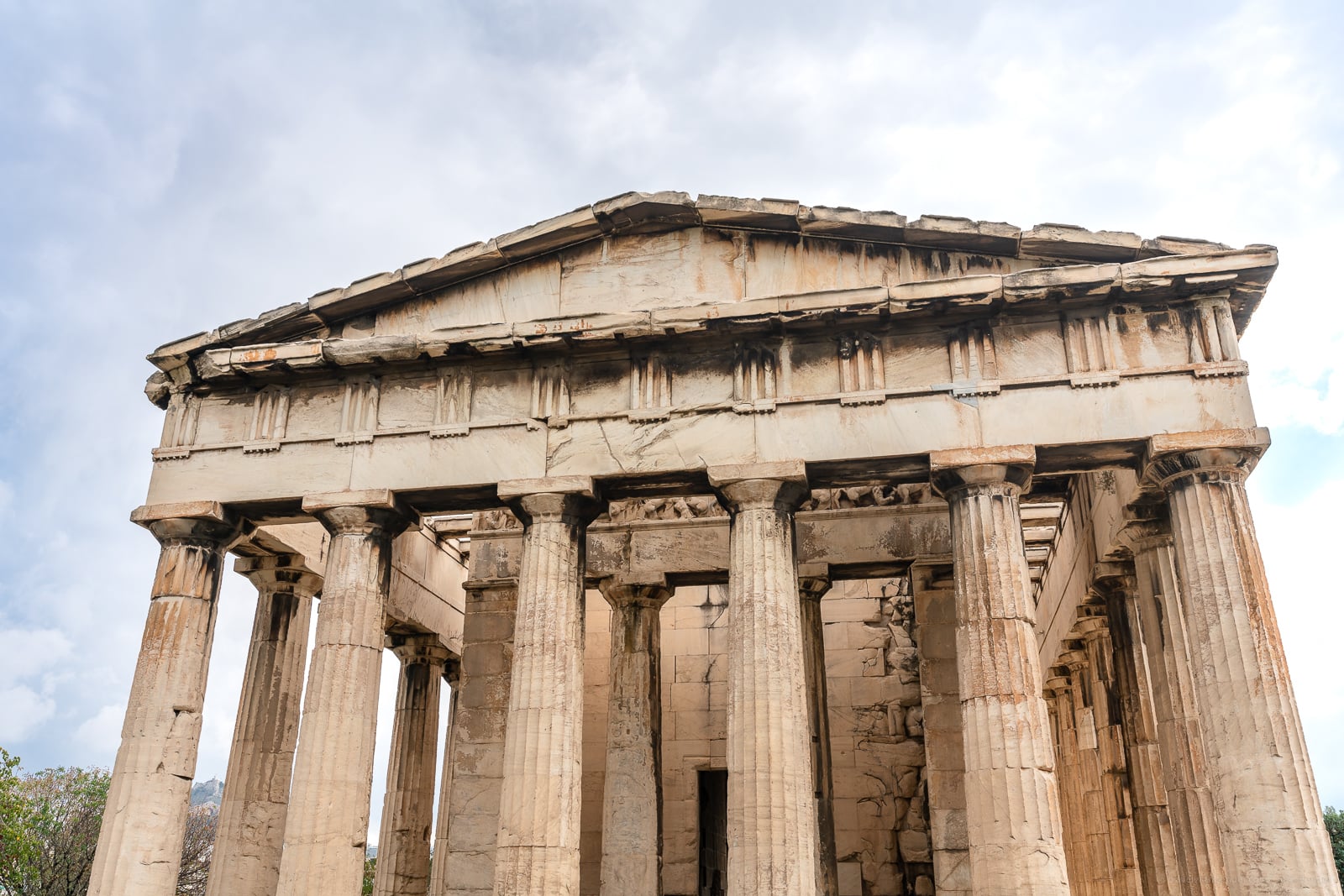
Why Choose Walks?
I’ve taken Walks tours all over Europe – Rome, Vatican, Florence, London, Paris and now Athens. And I keep coming back to them because their tours are top-notch. Their magic sauce is in finding the right kind of highly-knowledgeable and super-engaging guides and then designing a tour that strikes the perfect balance between entertainment and substance.
The team at Walks understand what it feels like to be a tourist in a new city, and every step of the journey, from pre-booking to saying goodbye to the guide, is buttery smooth.
Here are a few of the many reasons why I like Walks:
- Easily check the real-time availability calendar for each tour on their website.
- Each tour has easy-to-read highlights, so you understand the key point of each tour when comparing options.
- A clear outline of the tour inclusions.
- Verified customer reviews – hear what other travellers just like you have to say.
- Meeting point map link – when you’re in an unfamiliar city, this makes all the difference between a stressful start to the day and smooth sailing.
- No fluff – every stop on the tour has been well thought out, and adds to the narrative arc, creating a cohesive picture of the city.
- Small groups – the tour group size is limited, so you can easily hear the guide, and it still feels intimate. In the case of the Athens in a Day tour, they accept a maximum of 15 guests per group.
Tip: Check out all the tours from Walks on their website as well as their sister business Devour food tours.
Money Saving Tip: Go Further in Athens for Less
Walking tours are a fantastic way to experience Athens, but if you want more freedom to explore at your own pace and save some cash while you're at it, the Athens City Pass by MegaPass is a solid alternative.
It gives you access to the Acropolis, Parthenon, and Athens' top museums, plus skip-the-line entry so you don't waste time stuck behind a crowd of selfie sticks. With Classic, Premium, and Deluxe options, you can build an itinerary that actually works for you - without being locked into a rigid schedule. More sights, fewer headaches.
Check it out at MegaPass.

Tips for the Best Walking Tour in Athens
Here are my most important tips to help you get the most out of your walking tour in Athens:
- Book your tour as early as possible – you’ve got nothing to lose. Walks offers free cancellations when made at least 24 hours before the start of the tour. So if your plans change, you’re covered.
- At the moment, this tour only runs twice per week, so I suggest planning your trip to Athens around the tour. It will be your trip highlight, without a doubt.
- Arrive at the tour meeting point at least 15 minutes early. In order to meet strict entry time slots, the group departs precisely at the scheduled time.
- The guide provides you with a headset so you can easily hear the discussion. Basic earphones are provided, but if you have your own that are more comfortable, bring them along.
- Wear comfortable shoes and thick socks. You’ll be doing 6 hours of solid walking.
- Bring water. This much walking is thirsty work, and you need to stay hydrated.
- Bring your camera (with strap).
- Wear a fitness tracker. You might be surprised how many steps you take. I clocked up over 20,000!
- Wear layers and bring a backpack to carry extra clothing in. It can get windy and cool in the shoulder seasons (April to mid-June, mid-September to October).
- Bring a compact umbrella just in case (even in summer!)
- Backpacks (and other bulky items) need to be checked at the Acropolis Museum cloakroom (for free), found on the ground floor. There’s also an X-ray security scanner at the entrance.
- The Acropolis Museum allows amateur photography and filming (except in the Archaic Acropolis Gallery), but portable lights, flashes and tripods are not allowed.
- Most importantly, invest time in your own education before you come to Athens. When you get to understand Greece’s long and fascinating history, then all the locations and names mentioned on this tour really come to life. Here’s a list of 12 useful YouTube videos I put together for you.
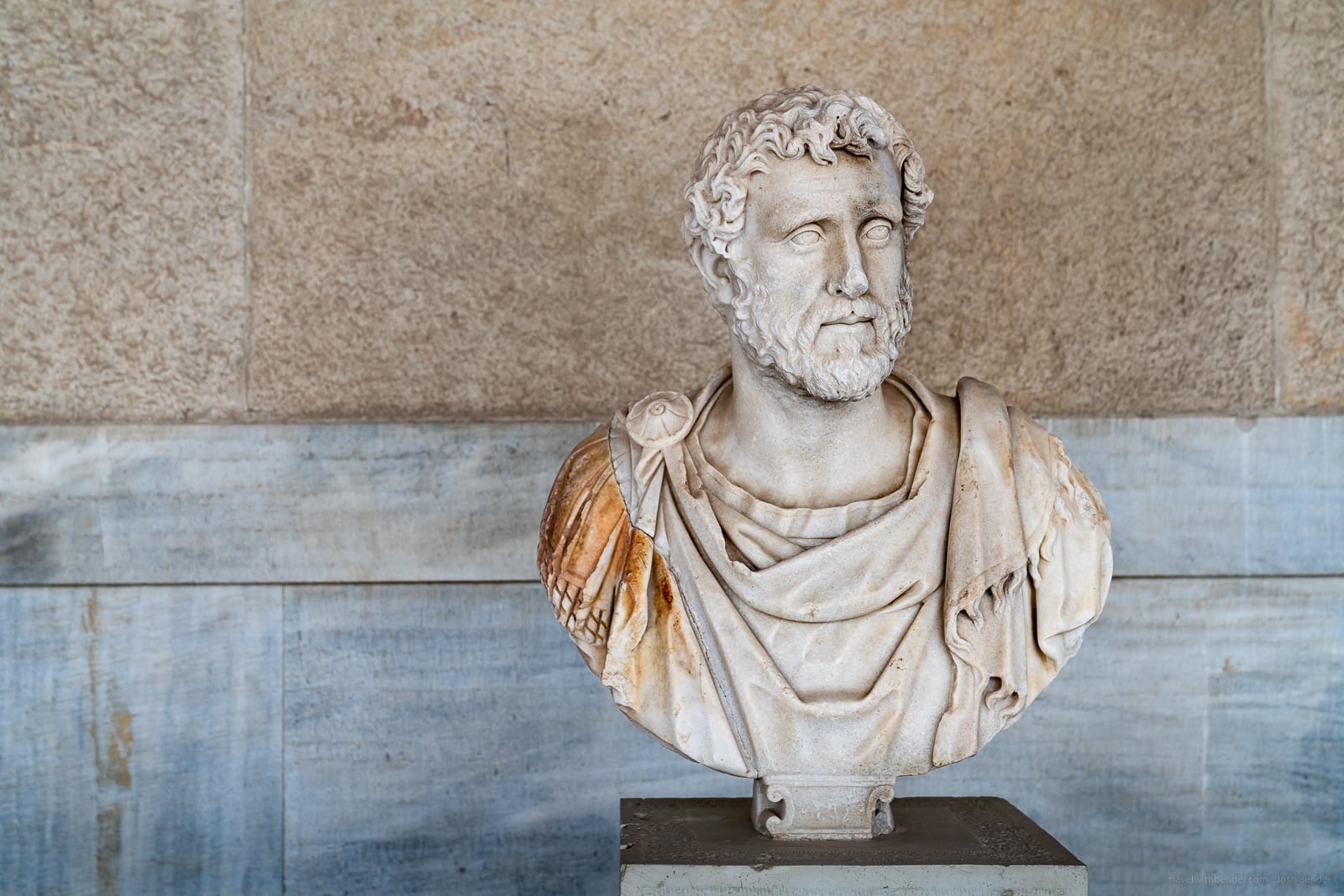
Guides for Athens in a Day Walking Tour
My group’s guide was Aristotle – yes, like the ancient Greek philosopher. He was fast-witted, cleverly humorous, and more knowledgeable about ancient Greece than Wikipedia and the History Channel combined. Somehow he managed to deliver a mountain of content while being engaging and relatable. I honestly don’t know how he did it. I was just enamoured the entire time. On top of that, he used to be an archaeologist and worked for the Greek Ministry of Culture. Talk about overdelivering.
The other guide that runs this tour is Mel, who is also a trained archaeologist. I can’t comment on her from first-hand experience, but almost every customer review about her is flattering. And considering Walks’ track record of awesome guides, I’m not surprised.

Itinerary for Athens in a Day Walking Tour
The tour itinerary may be adjusted slightly depending on the weather. It was raining a little on the day I went, and the guide switched a couple of locations around, so your itinerary may vary. Here’s how it went:
Acropolis
This iconic hill is the city's crown jewel, boasting ancient temples that have seen more drama than a Greek tragedy.
From the meeting point, the tour group walked a few minutes to the southern entrance of the Acropolis, where skip-the-queue tickets zipped us through the gate. Starting with the iconic Theatre of Dionysus, where the world’s first drama productions came to life, I quickly realised that the information would flow thick and fast. I’ve been to the Acropolis before, but Aristotle brought it to life in an entirely new way. We gradually climbed up, past the Odeon of Herodes Atticus, before entering through instantly-recognisable Propylaia flanked by majestic ancient white marble columns.
At the summit, we stood in awe at the Parthenon and Temple of Athena, while Aristotle explained the immense challenges facing the team repairing and reconstructing the Parthenon.
Special note: I want to say that Aristotle was not just quick-witted and sharp, but also very caring the entire time, making sure guests were safe and didn't slip on wet surfaces.

Roman Agora
The Roman Agora isn’t just bricks and columns; it's a history book that plays with your imagination. Back in the 1st century AD, this was the city's gossip hub, where toga-clad locals probably debated olive oil prices and chariot traffic jams. Aristotle recounted stories as we walked past, and also highlighted the Horologion of Andronikos Cyrrhestes (Wind Tower) - an ancient octagonal weather station and water clock.
Ancient Agora of Athens
This is one of the most important and controversial excavations in Athens, which involved displacing around 5,000 inhabitants in the 1930s. This spot’s like the original social media platform, where Athenians met for gossip and philosophy, swapping ideas hotter than Zeus' lightning bolts. Aristotle (our guide, not the ancient one) showed us the spot where philosophers like Aristotle (the ancient one, not our guide) would debate and teach youngsters. Strolling through these ruins is like slow-dancing with antiquity itself, and you'll leave with tales to rival Odysseus and a newfound love for all things ancient and awesome.

Library of Hadrian
Once upon a toga, this place was a reading nook for the elite, built by… you guessed it, Hadrian. Aristotle led the group along the library’s perimeter, as we had much ground to cover and limited time.

Plaka
Athens' charming time capsule, where cobblestone streets and cosy cafes are plentiful. This ancient neighbourhood is a mashup of history and hip. Whether you're on the hunt for quirky shops or just want to wander like a philosopher lost in thought, Plaka's the place to be. Aristotle shared stories about how Plaka developed over the centuries and even pointed out a house he used to live in.
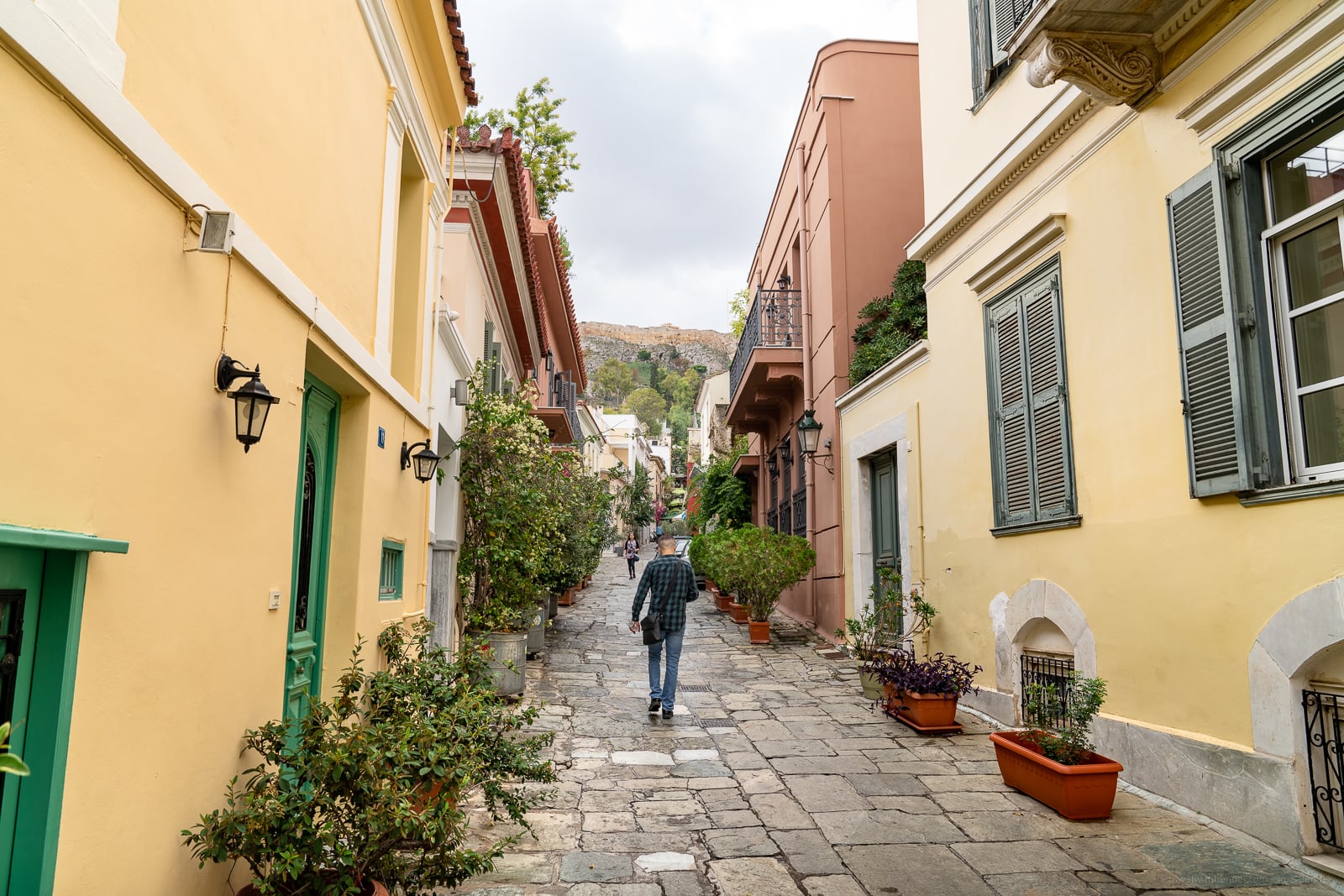
Tripod
Take a stroll down Tripodon Street in Plaka, and you might think it's just another charming cobblestone alley – but hold onto your gyros, because this is no ordinary path. In fact, it's not just Athens' oldest street; it's Europe's OG cobblestone avenue. Clocking over 2,500 years with its name intact, this 800-meter marvel once linked the Theatre of Dionysus and the Agora. Picture this: rich folks sponsoring theatre face-offs, with the champ's name etched on a "tripod" monument along this historic street. Now, most of those monuments have been lost to time, except for one. Blink, and you might stroll past, oblivious to its significance.
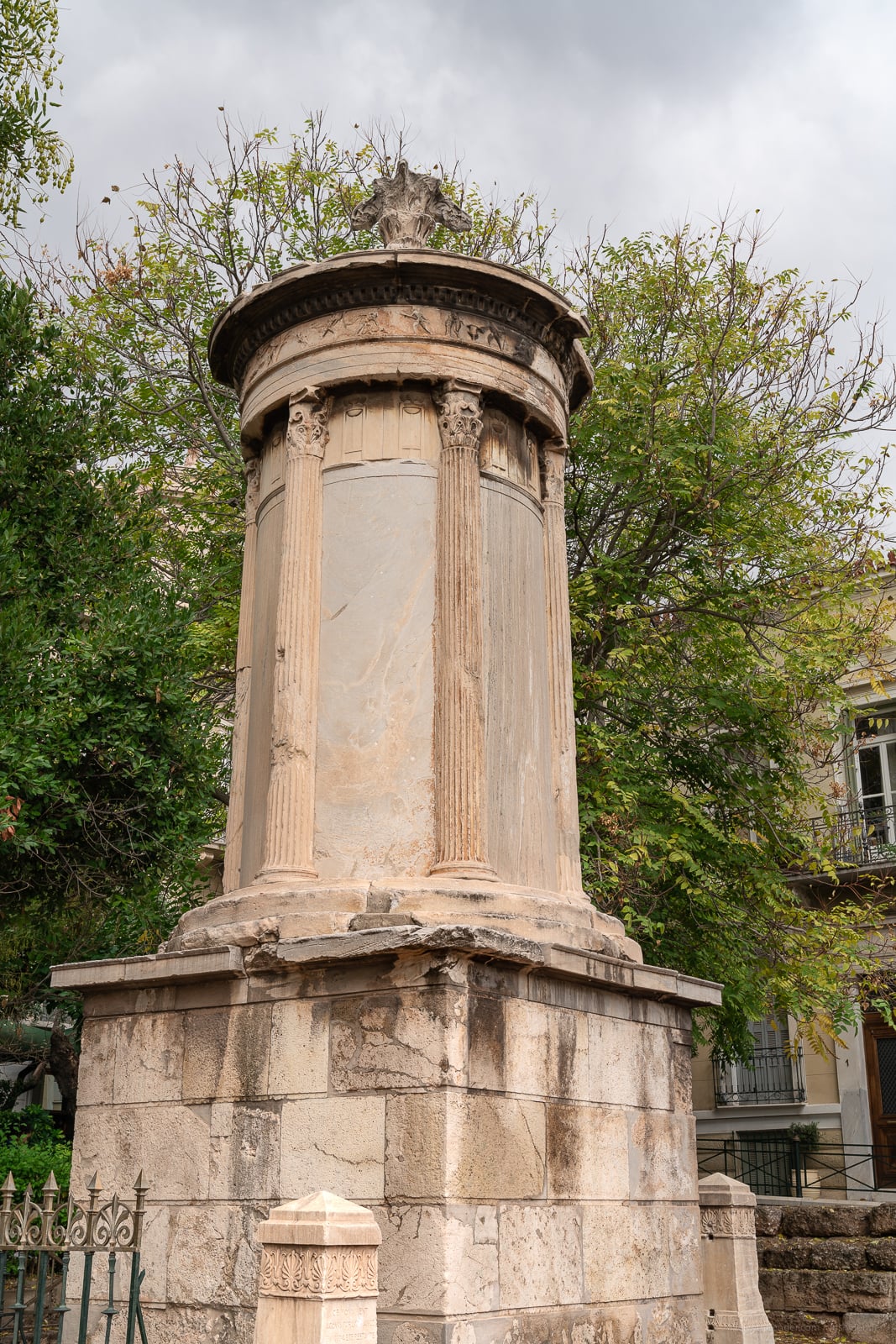
Lunch break
After digesting a rich diet of Greek history for several hours, we took a break for 1 hour to do a little digesting of a different kind. Guests picked their preferred nearby eatery and used the free time to rest their feet.
Acropolis Museum
Wandering through this museum is like a time capsule with a modern twist, where ancient wonders are showcased like rockstars on tour. I’ve been to the Acropolis Museum without a guide on a previous trip to Athens, but this time I downloaded 1,000 times more value. Aristotle added incredible insight into easily overlooked details. From interpreting the postures of sculptures to appreciating the painting technique applied to ancient statues. “Magical” is the only word I could use to describe this stop.
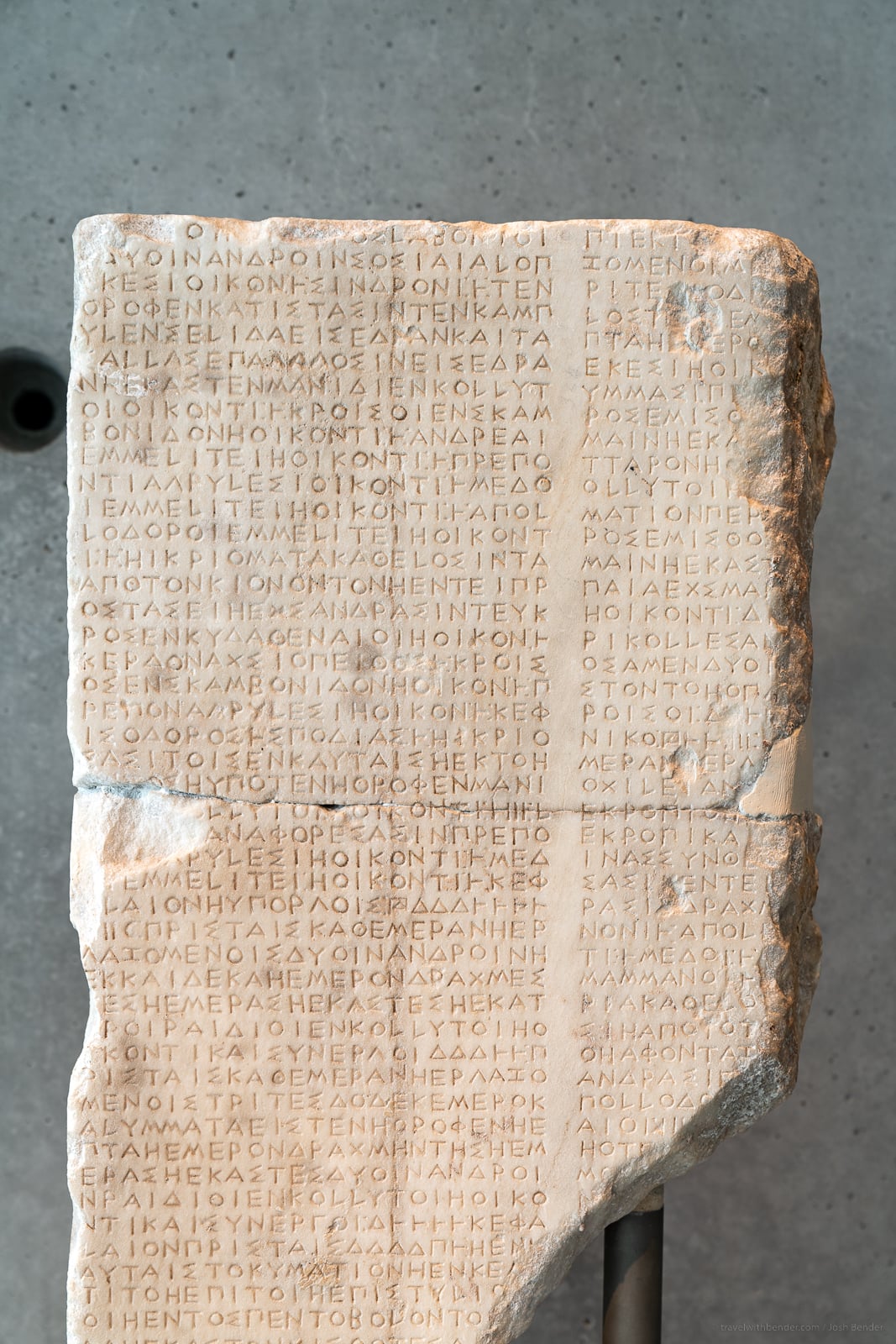
Temple of Olympian Zeus & Arch of Hadrian
This imposing temple was the largest in the ancient Greek world. Originally consisting of 104 columns, only 15 remain. The tour group stopped briefly, without entering, as Aristotle touched on the significance of these 2 sites.
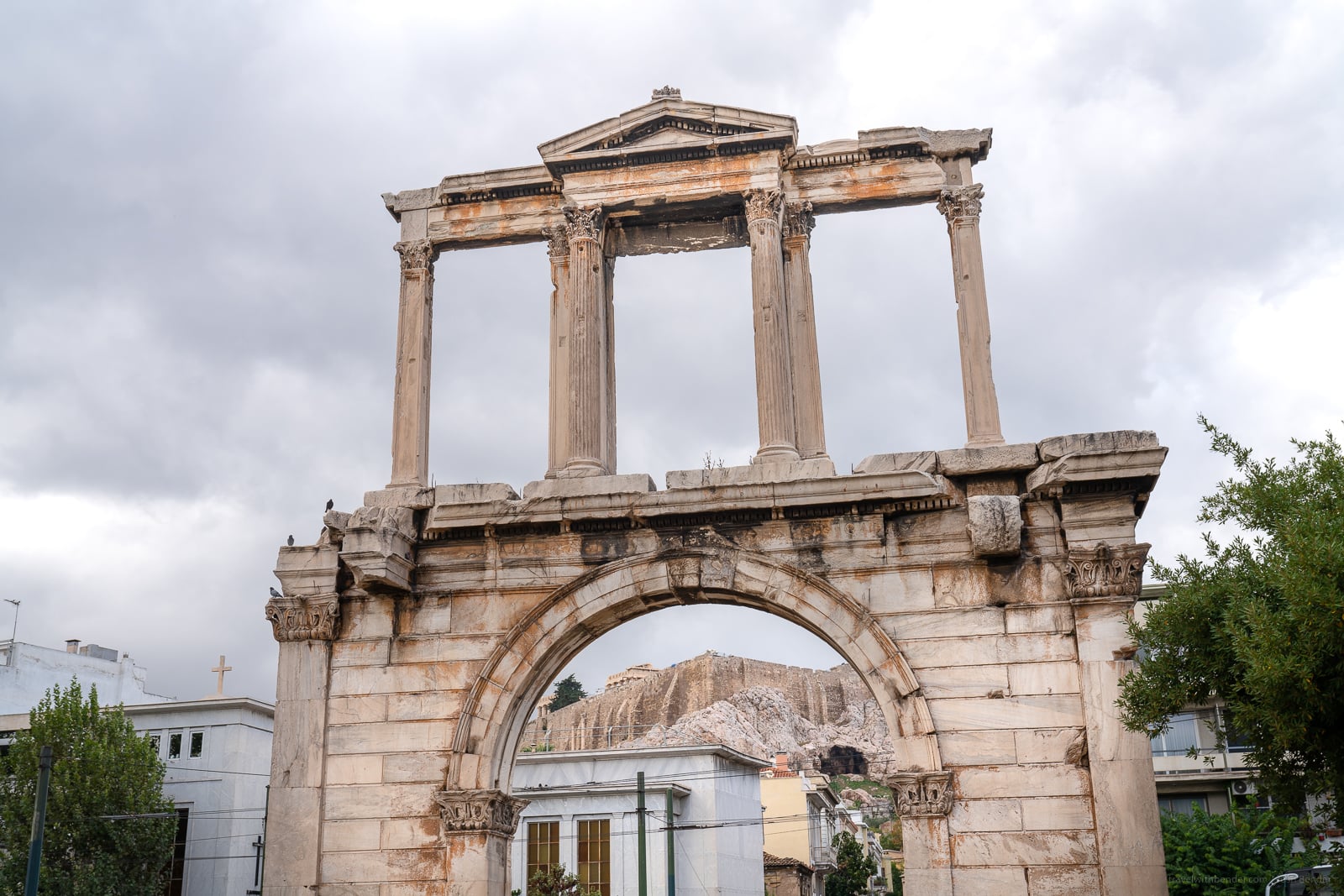
Zappion
We passed by the Zappion on the way to the final destination. Opened in 1888, this imposing neoclassical structure housed dozens of historical moments, from events in the first modern Olympic games to the signing of the documents formalising Greece's accession to the European Economic Community in 1979.
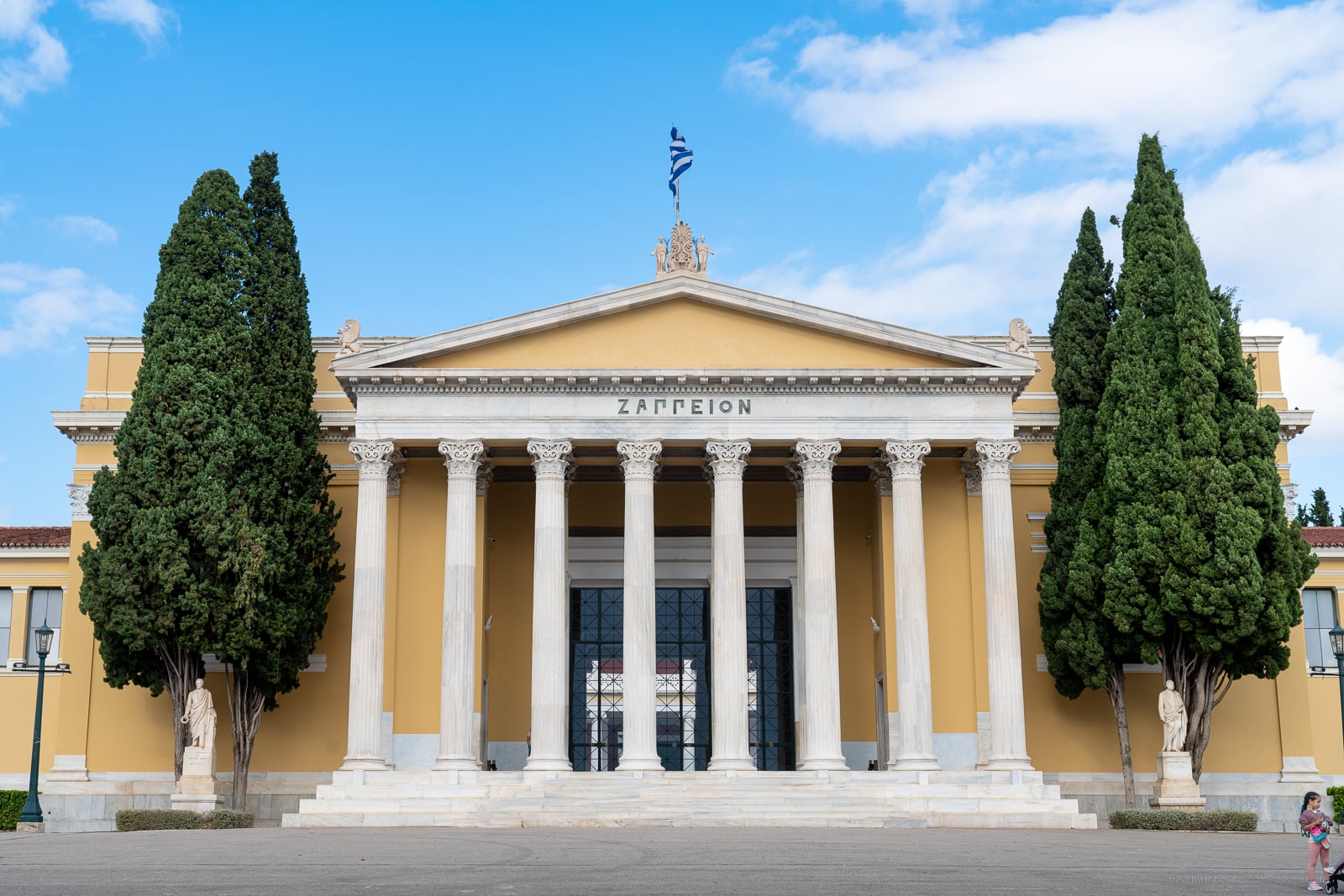
Panathenaic Stadium
This wasn't just a place to witness the ancient Olympic games; it was a symbol of Athenian pride, a showcase of their dedication to physical prowess and intellectual enlightenment. The echoes of ancient cheers and the footsteps of victorious athletes seem to linger in the air. Fast forward 2,200 years, and the dilapidated site was renovated to house the opening and closing ceremony for the first modern Olympics in 1896.
After taking half a lap around this auspicious track and exploring the entrance tunnel where athletes would emerge from, Aristotle wrapped up and bid us farewell. I was almost brought to tears realising that this tour was finally over. But at Aristotle’s suggestion, I ventured further to the end of the tunnel, which opened into a building housing a collection of Olympic torches from over the decades. A beautiful way to finish a journey that seemingly started millennia ago.
The Bottom Line
If you’re a first-time visitor to Athens, then this is the tour you should start with. It covers the most essential historic sites, led by one of Greece’s foremost guides, to deliver an epic odyssey that grasps the essence of Athens.
And when else will you get a chance to stroll around Athens with Aristotle?



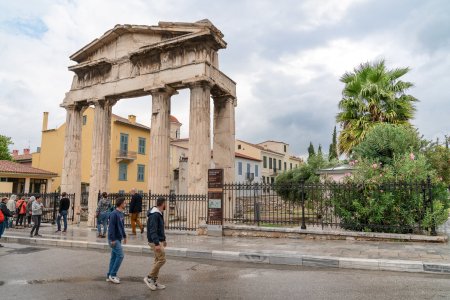




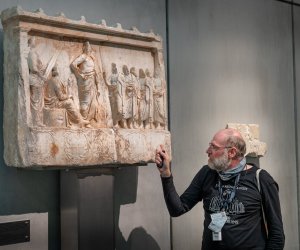
















Reader Comments...
"I respond to every comment by direct private email. I look forward to your feedback" - Josh BenderIt is remarkable, very much the helpful information
Thanks for giving me information. Your article is very helpful for everyone.
this is outstanding greek, i really like visiting it but am in Africa, but wont die without reaching the mighty zeus and patheon gods :-)
Nice article
good
Adventure is very helpful for peace of mind there have so many pictures you shared that is helpful for tourist.
this is awesome blog
Write Your Comment
Please DO NOT include links, URLs or HTML in your comments - they will be automated deleted and you will waste your time.